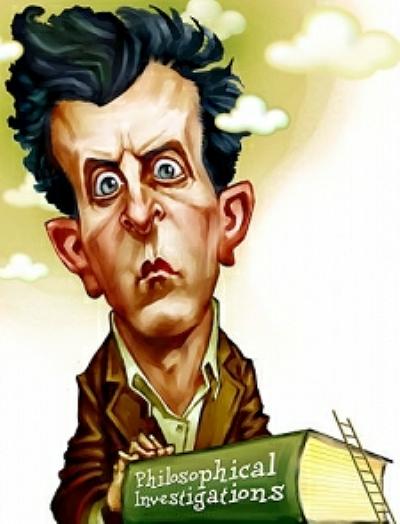Two Lectures on Wittgenstein (Nuno Venturinha)
The publication of Wittgenstein’s Nachlass has made clear that what is generally regarded as his second philosophical masterpiece, the Philosophical Investigations, is in fact an unfinished book. There are many other examples of unfinished books in the western tradition and Wittgenstein’s book would seem to fall under the category of works whose authors could not finish in their lifetimes. I shall discuss some of these examples and show that there is something peculiar regarding Wittgenstein’s enterprise, specifically that the unfinished nature of his book mirrors his view of philosophy as an unfinishable task. I shall conclude by ... suggest[ing] that this does not mean completely abandoning substantial theses.

 (Stuart W. Mirsky is the principal author of this blog).
(Stuart W. Mirsky is the principal author of this blog).




 admin
admin